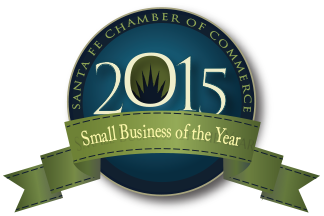14 Apr Resource Roundup – Independent Contractors and PPP
The Paycheck Protection Program is now open to 1099 workers and independent contractors, of whom there are over 23 million in the U.S.. There has been a lot of confusion around how independent contractors interact with this program, and not a lot of guidance from the SBA or Treasury. In a virtual town hall hosted by Inc., a panel of experts shed some helpful light on this murky area.
Panel:
Kimberly Weisul, Inc. editor-at-large (Moderator)
Neil Bradley, Executive Vice President and Chief Policy Officer at the U.S. Chamber of Commerce
Keith Hall, President and CEO of The National Association for the Self-Employed
Sarah Jennings, Principal of Accounting and Outsourced Solutions and Director of Strategic Initiatives and Community Engagement at Maner Costerisan
Tanya Motta, Vice President of Domestic & Global Programs at California Asian Pacific Chamber of Commerce
Bridget Wetson, Acting CEO of SCORE.
Qualifying for PPP loans
Keith Hall is sanguine about qualifications. “You do qualify. It’s going to be a very rare situation that you as a self-employed business owner don’t qualify. If you have a business, you qualify,” he says.
How to calculate a 1099 salary for a PPP loan
Contractors and sole proprietors are eligible for up to $100,000 in annual income, prorated. “Definitionally, payroll is net earnings for self-employment,” said Bradley.
To calculate this, add up all 1099 revenue for 2019 and then divide that by 12 (months) and then multiply that by 2.5 (months).
What to know about defining 1099 payroll and loan forgiveness
PPP loan forgiveness requires that 75% of the amount is going to payroll. “Your payroll is your net earnings from self-employment,” says Hall. “Say you get a PPP loan for $15,000. By definition, that $15,000 is indeed used for payroll because it goes to your family, helps you buy food, or pay your mortgage. It is my expectation from a practical standpoint that these PPP loans for 1099 people will be forgiven.”
What documents 1099 workers need to apply for PPP loans
Independent contractors currently use the same form as small businesses to apply for these loans. Where small business employers write in “average payroll,” independent contractors substitute income. “Contractors or the self-employed should use 1099 forms and other tax documents to help them verify these forms,” says Bradley.
Hall points out that your Schedule C form will be hugely helpful in your calculations. Your net earnings will be your payroll, stated on the bottom line of your Schedule C.
Where to apply
Bradley suggests that FinTech lenders may be good sources for independent contractors as banks are prioritizing clients with existing relations and debt. We cover FinTech companies’ recent authorization for PPP lending here. Exercise caution. A good rule of thumb is to never give information to anyone reaching out to you.
Note: This is a summary of aggregated information from other parties and does not express the direct advice of Sam Goldenberg & Associates.









